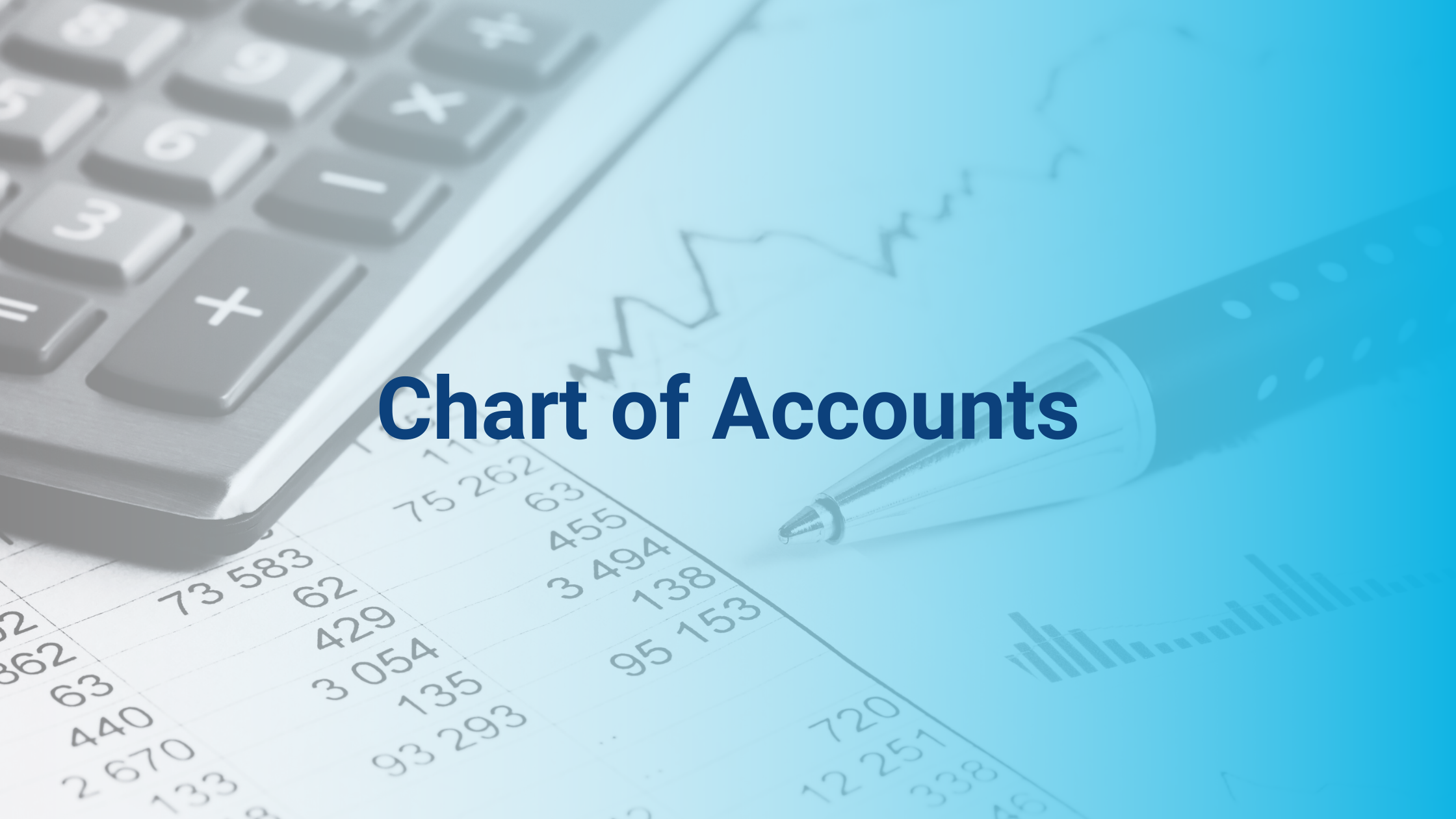In the world of nonprofit finance, organization is everything. A Chart of Accounts (COA) acts as the blueprint for your accounting system, categorizing each transaction so you always know where your money is coming from and how it’s being used. Whether you’re applying for grants, preparing for an audit, or managing internal budgets, a well-structured COA makes it all possible.
What is a Chart of Accounts?
A Chart of Accounts is a listing of all accounts used in the general ledger of an organization. Each account represents a unique classification of income, expense, asset, liability, or net asset. Think of it as the filing cabinet for your nonprofit’s finances—everything neatly labeled and easy to access. The structure allows for detailed financial tracking and simplifies the preparation of reports for board members, donors, grantmakers, and government entities.
🧾 Why a Chart of Accounts Matters for Nonprofits
Unlike for-profit companies, nonprofits often deal with restricted funding, grants, and donor-designated contributions. This makes it even more critical to have clear financial tracking. Here’s why a COA is essential for your organization:
- 💡 Transparency: Easily demonstrate how funds are allocated and spent
- 📋 Compliance: Stay compliant with IRS 990 filings and grantor requirements
- 📊 Clarity: Improve decision-making with clear financial snapshots
- 📅 Audit-Ready: Reduce stress during audits with organized data
- 📈 Strategic Planning: Enable smarter budgeting and forecasting
📘 The 5 Core Categories of a Nonprofit Chart of Accounts
Most COAs are organized into five primary categories, each with specific account numbers and descriptions. Here’s a breakdown of each category with sample account entries:
1. Assets (1000–1999) 💰
Assets include anything your nonprofit owns that has value. This could be cash in the bank, property, equipment, or receivables. These accounts help you understand your organization’s financial strength and liquidity.
- 1010 – Cash – Checking
- 1020 – Cash – Savings
- 1030 – Grants Receivable
- 1200 – Prepaid Expenses
- 1500 – Office Equipment
2. Liabilities (2000–2999) 🧾
Liabilities represent what your organization owes to others, such as unpaid bills or credit card balances. Monitoring these accounts ensures you can manage cash flow and meet financial obligations on time.
- 2010 – Accounts Payable
- 2100 – Credit Card Payable
- 2200 – Payroll Liabilities
- 2300 – Deferred Revenue (unearned grants)
- 2500 – Accrued Expenses
Nonprofit Bookkeeping and Accounting Services from Charity Charge
Managing finances shouldn’t keep you from your mission. Work with licensed professionals to streamline processes, ensure compliance, and maintain transparency—so your team can focus on what matters most: making an impact. Learn more
3. Net Assets (3000–3999) 📌
Net Assets reflect the equity of your nonprofit and are broken into restricted and unrestricted funds. These accounts show the balance of funds after liabilities are subtracted from assets, and they indicate whether contributions must be used for specific purposes.
- 3100 – Unrestricted Net Assets
- 3200 – Temporarily Restricted Net Assets
- 3300 – Permanently Restricted Net Assets
- 3400 – Board Designated Funds
4. Revenue (4000–4999) 💵
These accounts track all forms of incoming funds—from individual donations and grants to program revenue and investment income. Segmenting your revenue sources is crucial for understanding fundraising effectiveness and compliance with donor restrictions.
- 4100 – Individual Donations
- 4200 – Foundation Grants
- 4300 – Government Contracts
- 4400 – Program Income (e.g. service fees)
- 4900 – Interest and Investment Income
5. Expenses (5000–5999) 🧾
Expense accounts detail all costs related to operations, programs, and fundraising. Breaking these into functional areas (program, admin, fundraising) helps nonprofits adhere to accounting best practices and prepare IRS Form 990.
- 5100 – Salaries and Wages
- 5200 – Payroll Taxes and Benefits
- 5300 – Rent and Utilities
- 5400 – Office Supplies
- 5500 – Program Delivery Costs
- 5600 – Marketing and Outreach
- 5700 – Fundraising Expenses
🛠️ How to Set Up a Chart of Accounts
Creating a COA doesn’t have to be complicated. The goal is to keep it scalable and understandable as your organization grows. Here are some best practices:
- Start with broad categories and narrow down as needed (e.g., Office Supplies can later be broken into Software and Equipment)
- Use a consistent numbering system (e.g., assets in the 1000s, expenses in the 5000s)
- Align your COA with your budget so reporting is seamless
- Review it annually to ensure it reflects your current programs and funding streams
- Use fund or class tracking in your accounting software to layer in more detail without overloading your COA
📋 Sample Chart of Accounts Table
| Account Number | Account Name | Category |
|---|---|---|
| 1010 | Cash – Checking | Asset |
| 2010 | Accounts Payable | Liability |
| 3100 | Unrestricted Net Assets | Net Asset |
| 4100 | Donations – Individual | Revenue |
| 5100 | Salaries – Program Staff | Expense |
🧠 Final Thoughts
Think of your Chart of Accounts as the financial DNA of your nonprofit. A thoughtful, well-organized COA helps you stay compliant, build donor trust, track your impact, and manage your mission more effectively. Whether you’re just getting started or optimizing for growth, investing the time into building the right COA structure will pay dividends for years to come.
Need help?
Nonprofit Bookkeeping and Accounting Services from Charity Charge
Managing finances shouldn’t keep you from your mission. Work with licensed professionals to streamline processes, ensure compliance, and maintain transparency—so your team can focus on what matters most: making an impact. Learn more





